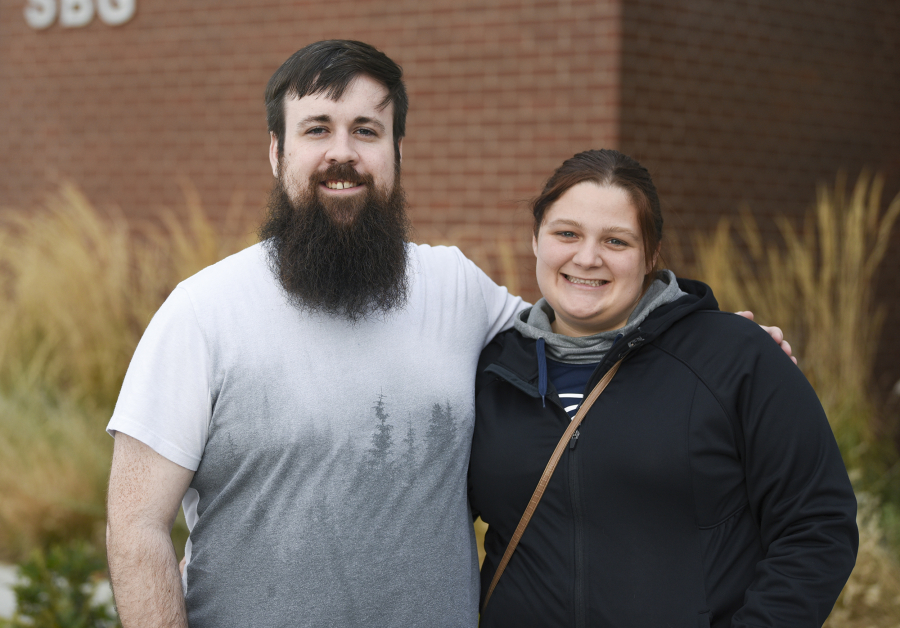Cody Messick is excited about how the universe works. He wants other people to be excited about it, too — even when they’re 5 and younger.
“At 3, there is only so much you can say to them,” Messick noted. But he can point out examples of every-day science that a lot of youngsters can observe in their own homes.
In Messick, that excitement took root and then bloomed when he enrolled in Clark College nine years ago. He transferred to the University of Washington in 2010 and now is a doctoral candidate in astrophysics at Penn State University.
Messick and his wife, Kasey Cannon, another former Clark student, returned to Vancouver in November when he was honored as the Clark College Foundation’s 2017 Rising Star.
At Penn State, Messick took part in research for a project that earned the three lead scientists the 2017 Nobel Prize in physics. The LIGO (Laser Interferometer Gravitational-Wave Observatories) project confirmed the existence of gravitational waves proposed in Albert Einstein’s theory of general relativity in 1916.
Cannon is working on her second bachelor’s degree at Penn State, where she also has a side gig. She works after-school shifts as a preschool teacher; her husband occasionally makes guest appearances.
Messick appears in the science-explainer role that has been filled over the years by the likes of Mister Wizard, Bill Nye the Science Guy and Neil deGrasse Tyson.
“Science is real magic,” Messick said. One way he brings it home is when he asks the kids: “Do you know what a TV remote is?”
Speaking of TV, Messick’s preschool activities can have a bit of a “MacGyver” riff.
“We made a lemon-powered battery. We plugged it into a button and wired that to a fan, and then turned it on,” Messick said.
It can get more advanced, with illustrations of space-time.
“You can make a cone with a spandex in a hula hoop and a weight in the middle,” he said. “If you do it right, you can throw marbles in opposite directions. Eventually, they’ll go the same direction.”
Off Beat lets members of The Columbian news team step back from our newspaper beats to write the story behind the story, fill in the story or just tell a story.




